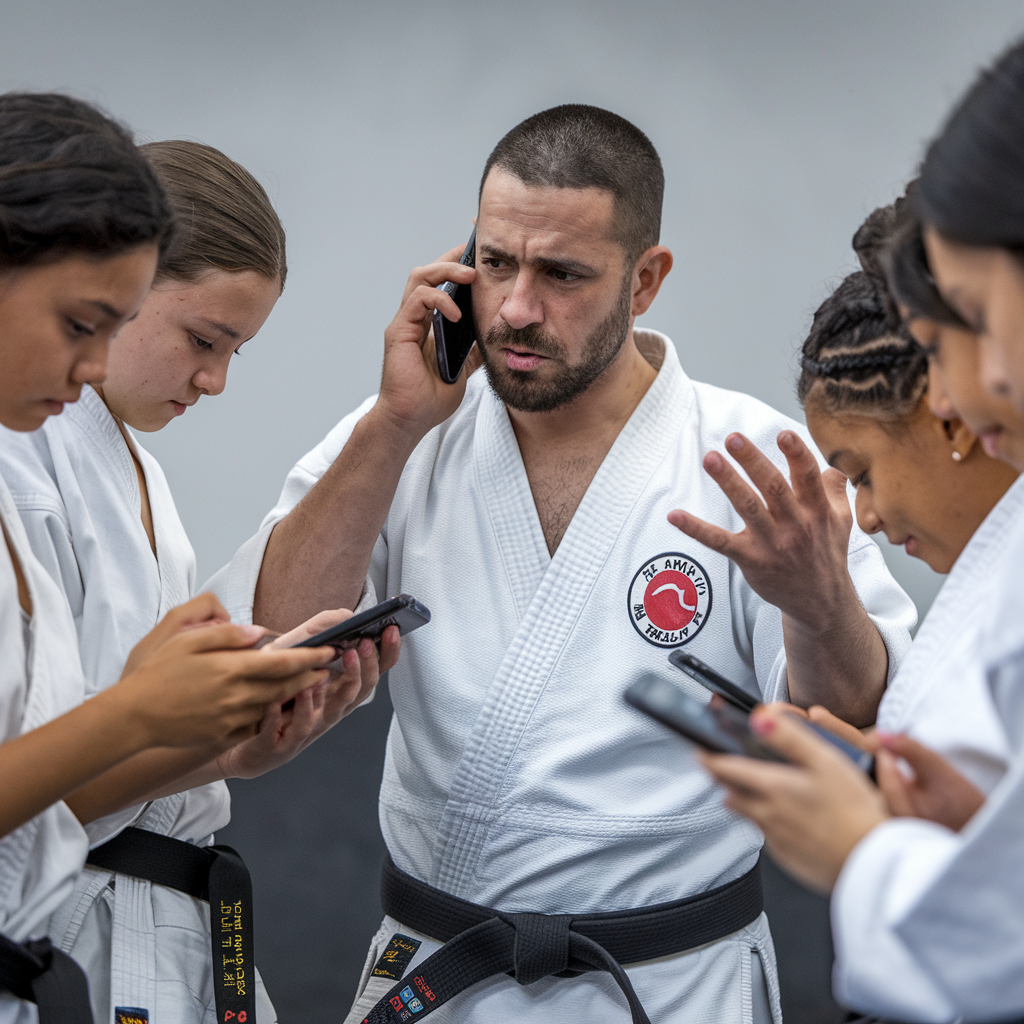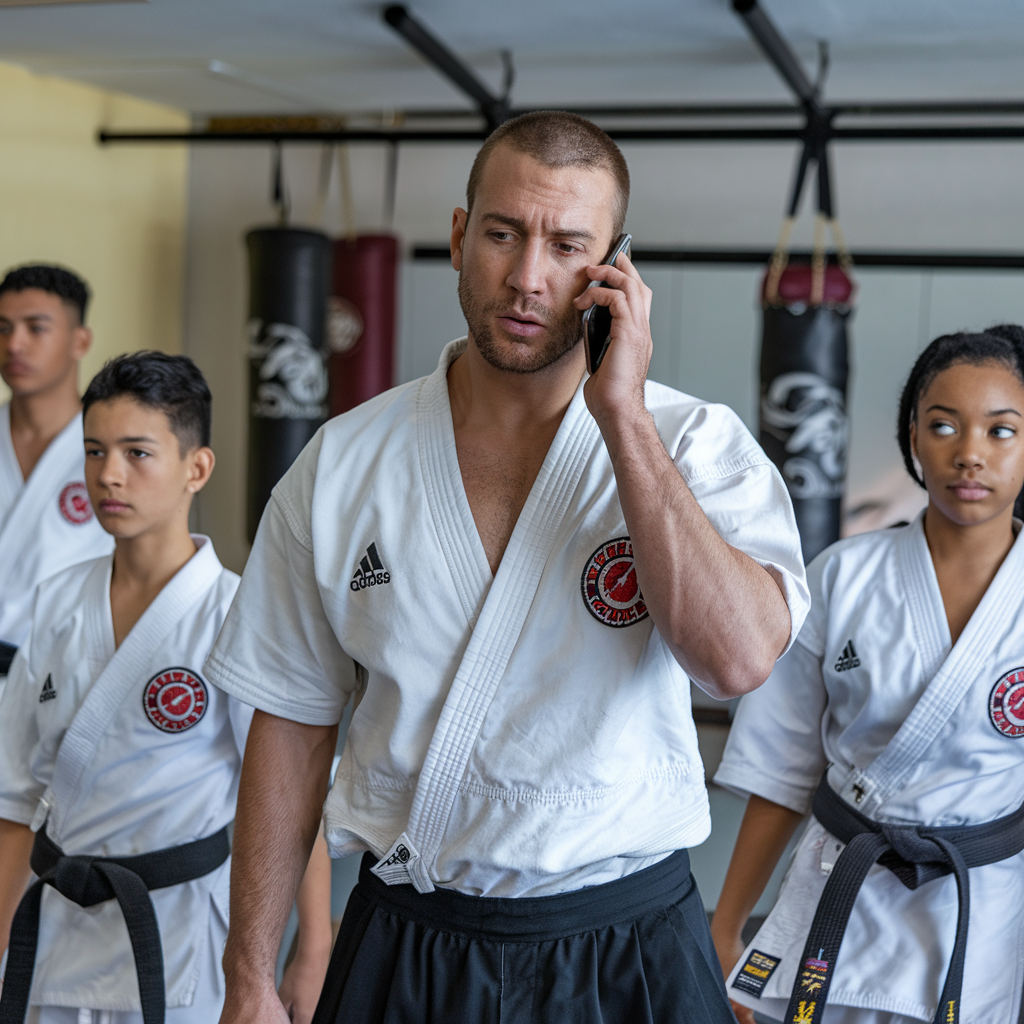
Introduction
When it comes to martial arts, few disciplines capture the raw intensity and technical mastery of Muay Thai and Brazilian Jiu-Jitsu (BJJ). These two combat styles dominate the worlds of self-defense, competitive fighting, and fitness—one delivering powerful knockouts and the other forcing tapouts through tactical submissions.
Whether you’re a beginner looking to start your martial arts journey or an experienced practitioner seeking to expand your skills, understanding the unique qualities and complementary nature of Muay Thai and Jiu-Jitsu can elevate your performance. This guide delves deep into the techniques, philosophies, and practical benefits of these two iconic martial arts.
What Is Muay Thai?
Muay Thai, known as the “Art of Eight Limbs,” is a centuries-old martial art from Thailand. It earned its name from the eight points of contact used—fists, elbows, knees, and shins—making it one of the most dynamic and aggressive striking arts.
Key Elements of Muay Thai
- Striking Techniques: Muay Thai uses powerful punches, devastating kicks, elbow strikes, and knee strikes.
- Clinch Fighting: Fighters control opponents at close range, delivering knees and manipulating their posture.
- Footwork and Angles: Movement and balance play a crucial role in delivering strikes while avoiding counters.
- Conditioning: Muay Thai training emphasizes physical toughness through rigorous workouts and sparring.
Why Muay Thai Is Effective
- Efficiency in Combat: Its emphasis on hard, fast strikes makes Muay Thai lethal in real-world and competitive scenarios.
- Full-Body Engagement: The use of all limbs for both offense and defense enhances versatility.
- Mental Toughness: Fighters develop resilience and composure under pressure.
What Is Brazilian Jiu-Jitsu?
Brazilian Jiu-Jitsu (BJJ) is a ground-based martial art that focuses on leverage, technique, and submissions. It evolved from Japanese Jiu-Jitsu and Judo, emphasizing positional control and forcing opponents to submit through joint locks and chokes.
Key Elements of Jiu-Jitsu
- Takedowns and Guard Pulls: Initiating the ground game by bringing the opponent down or using the guard.
- Positional Control: Dominating positions like mount, side control, and back control.
- Submissions: Techniques such as arm bars, triangle chokes, and rear-naked chokes to force a tapout.
- Defense and Escapes: Strategies for protecting oneself and escaping bad positions.
Why Jiu-Jitsu Is Effective
- Leverage Over Strength: Smaller, weaker fighters can dominate stronger opponents with proper technique.
- Ground Control: BJJ neutralizes striking advantages by taking the fight to the ground.
- Self-Defense Application: It’s ideal for real-life self-defense situations where physical size may be a disadvantage.
Knockouts vs. Tapouts: How They Compare
While Muay Thai and Jiu-Jitsu differ in approach, both arts offer unique and powerful ways to control a fight. Understanding their differences and how to use them together is key for any martial artist.
| Aspect | Muay Thai (Knockouts) | Jiu-Jitsu (Tapouts) |
| Primary Focus | Striking with fists, elbows, knees, and kicks | Grappling, positional control, and submissions |
| Fight Range | Stand-up and clinch | Ground and close-quarters |
| Winning Method | Knockouts, technical knockouts (TKO), points | Submissions (tapouts), positional dominance, points |
| Self-Defense | Effective against multiple attackers | Ideal for one-on-one physical confrontations |
| Physical Demand | High-impact, cardiovascular endurance | Technical focus, strength, and flexibility |
How Muay Thai and Jiu-Jitsu Complement Each Other
In mixed martial arts (MMA) and real-life scenarios, combining Muay Thai and Jiu-Jitsu offers the best of both worlds. Here’s how these styles work together:
- Complete Fight Coverage: Muay Thai dominates in striking range, while Jiu-Jitsu controls the ground.
- Adaptability: If striking isn’t working, Jiu-Jitsu offers a backup plan through takedowns and submissions.
- Transition Mastery: Using Muay Thai to set up takedowns or using BJJ to return to your feet enhances versatility.
Training Tips for Mastering Both Arts

Combining Muay Thai and Jiu-Jitsu requires dedication and a smart approach to training. Here are practical tips for integrating both styles:
1. Master the Fundamentals First
- Focus on the basic strikes (jab, cross, low kick) in Muay Thai.
- Learn key Jiu-Jitsu positions (guard, mount, side control) and their transitions.
2. Cross-Train Regularly
- Split your time between striking and grappling to avoid over-specialization.
- Practice sparring with takedown defenses and striking-to-grappling transitions.
3. Develop a Strong Cardio Base
- Muay Thai’s explosive nature requires cardiovascular endurance.
- Jiu-Jitsu demands sustained energy for prolonged ground engagements.
4. Focus on Defense as Much as Offense
- Learn to defend against strikes while preparing for takedown entries.
- Drill submissions but prioritize positional escapes to maintain control.
Real-Life Applications: Beyond the Gym
The lessons from Muay Thai and Jiu-Jitsu extend far beyond the mat or ring:
- Self-Discipline: Training consistently requires mental focus and emotional regulation.
- Confidence: Knowing you can defend yourself increases self-assurance in daily life.
- Problem-Solving: Both arts teach you to think strategically under pressure.
- Stress Relief: Physical exertion and mental engagement help manage anxiety and stress.
Famous Fighters Who Combine Muay Thai and Jiu-Jitsu
Several MMA legends have demonstrated the effectiveness of blending Muay Thai and Jiu-Jitsu:
- Anderson Silva: Known for his precision striking and defensive grappling.
- Charles Oliveira: Holds the record for most submission wins in the UFC while possessing sharp Muay Thai skills.
- Valentina Shevchenko: Combines elite Muay Thai striking with a strong ground game.
Getting Started: How to Choose the Right Gym
When looking to train both Muay Thai and Jiu-Jitsu, consider the following:
- Qualified Instructors: Ensure instructors have competitive and coaching experience.
- Class Structure: Look for balanced programs that allow time for both arts.
- Community Support: A welcoming environment fosters growth and commitment.
Conclusion
Muay Thai and Brazilian Jiu-Jitsu offer the ultimate combination of striking ferocity and grappling mastery. Together, they provide the tools for knockouts and tapouts, making you a well-rounded fighter prepared for any scenario.
Whether your goal is to compete, defend yourself, or simply improve fitness and mental resilience, these martial arts provide a powerful foundation for personal transformation. Embrace the journey—because true mastery comes from continuous learning and dedication.

